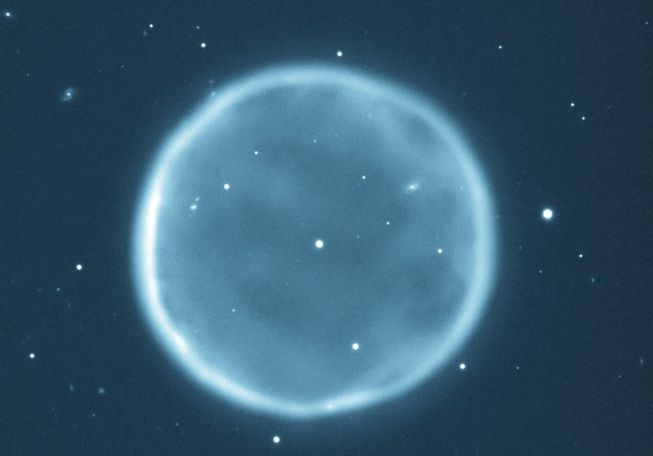
Even that great fiery drama queen that is our sun will one day exit stage left.
But when it does take its final bow, there won’t be much of an audience left.
In about 5 billion years — the rough date scientists peg for that final curtain call — we’ll be long gone. Even the planets, at least as we know them, will be no more.
But what drama we’ll miss. The sun’s death throes will likely begin when it runs out of hydrogen, the gas the sun turns into helium to literally brighten our lives. And as it suffocates, the sun will swell into a red giant, swallowing up Mercury and Venus tidily. As you can imagine, things will get increasingly uncomfortable for anyone who’s hanging around on our planet, as the oceans teeter toward vaporization.
Then the supersized red giant’s body will gradually flake away, as it condenses into a tight celestial knot called a white dwarf. That’s pretty much the established thinking in scientific circles for how an average-sized star like our sun will end up.
But, according to a new mathematical model, the sun’s demise may pack an unexpected dramatic kick.
“When a star dies it ejects a mass of gas and dust – known as its envelope – into space,” lead researcher Albert Zijlstra explains in a statement. “The envelope can be as much as half the star’s mass. This reveals the star’s core, which by this point in the star’s life is running out of fuel, eventually turning off and before finally dying.”
But that massive envelope will still be lurking around the white dwarf — and if Zijlstra’s team is correct, it will make for a spectacular glowing nebula that could be seen for several light-years away.
“The hot core makes the ejected envelope shine brightly for around 10,000 years — a brief period in astronomy,” Zijlstra notes. “This is what makes the planetary nebula visible. Some are so bright that they can be seen from extremely large distances measuring tens of millions of light-years, where the star itself would have been much too faint to see.”
Previous theories have suggested our sun wasn’t big enough to illuminate the surrounding envelope. Hence, that little white dwarf wouldn’t result in a visible nebula. But the new data models suggest otherwise.
They show that after a dying star ejects its envelope, it heats up much more intensely than previously thought. So a star with a low mass, such as our own, would likely spark a very visible planetary nebula.
The model suggests that once set aglow, the dust and gas will look a lot like a glowing halo. A fitting final marker for a star that served us all so brilliantly.
